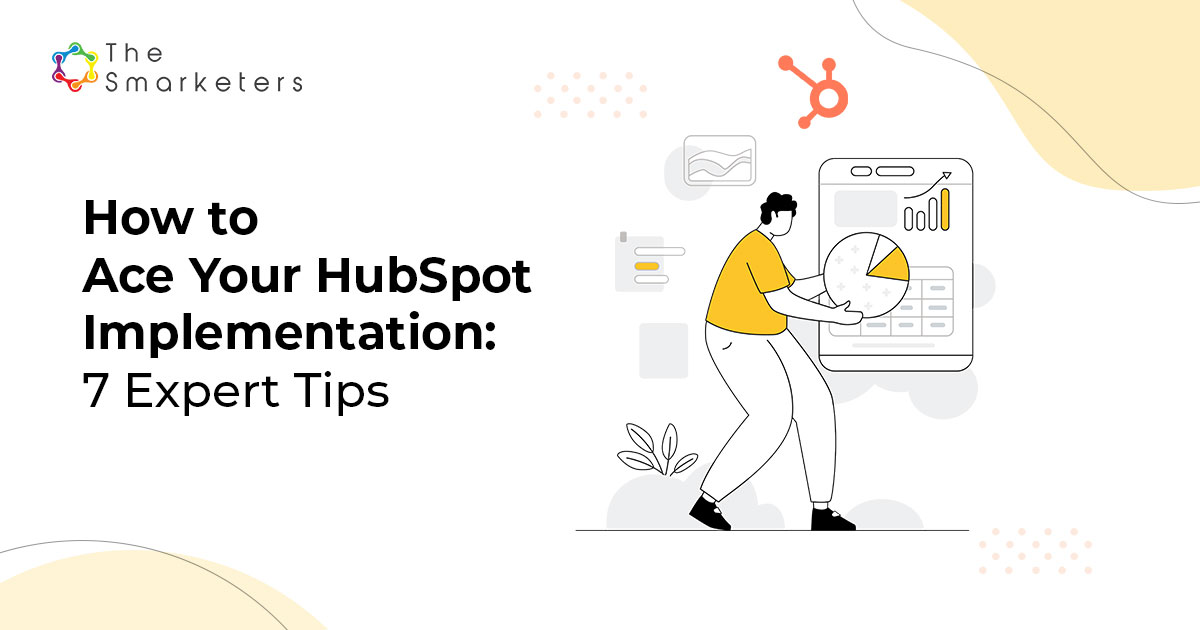During the last quarter of the year and the first quarter of every year, I am flooded with Requests for Proposals (RFPs) from various potential prospects and clients.
This is because either these companies float RFPs to develop solutions and exhaust their remaining budgets for the year or have planned to invest extensively on a particular solution for the coming year and may be looking for potential vendors.
Most of the time, RFPs will be issued with a potential vendor in mind i.e the company has already almost chosen a vendor but still release an RFP into the market either to follow their corporate RFP process or to evaluate and see if they can get a better cost and solution from another vendor based on which they can negotiate with the potential vendor they’ve already chosen.
For most Fortune companies and those with revenues greater than $1B, RFPs are first sent to the list of approved vendors within their vendor management system.
Provided these vendors are unable to respond or meet the required criteria, RFPs are released into the market either directly sent to select companies or through external RFP sourcing websites.
Although this is the background, the actual process starts from the time you received the RFP.
You might have received an RFP because you fit into the following criteria:
- You’ve been in discussions with the client for a long time regarding a specific solution, nurtured the relationship, and have been waiting for this RFP. You have better chances of winning this
- You have received the RFP directly from the company via email after they researched your company and found that you may have the required expertise. Given you’ve proved your expertise, solution approach, and fit the price, you can win
- You have received an RFP from either a partner company that would like to jointly bid and share services. In most cases, if you are going to be the sub-contractor then approval may be needed from the client and you may need to respond differently. Chances of winning these proposals are low unless your partner company either has an existing relationship with the client or they know the decision maker
- You have sourced the RFP from external paid portals. – Your chances of winning are 1 in a million.
There are a few very important factors that also determine your chances of winning:
- Your contact with the decision maker and rapport
- A vendor already was chosen for the project
- Internal Politics within the company
- Your abilities to execute the project
- Similar work you’ve done in the past
- Your value proposition
IMMEDIATE STEPS AFTER RECEIVING THE RFP
- Once you receive the RFP, make sure the scope is aligned to your company’s skill set, if you do not possess the skill set, see if sub-contracting can be an option
- Make sure you have at least 2 weeks of time to respond to the RFP unless you already know the scope from an internal source or you’ve worked on defining the solution before the RFP was released. If you have been provided the required time and are confident about delivering the proposal and the required solution, send an email or a letter of Intent to Bid for the RFP
- You will usually have a pre-bid meeting to discuss the scope of the project and answer questions.
- Clients often request questions to be sent before the pre-bid meeting so they can answer them during the meeting and also send a consolidated set of answers post-meeting. These answers are very important for the RFP process
- Make sure you are asking as many questions as possible and those that are relevant to the scope and not just for the sake of asking a question
- Once all the answers are received, you can start working on the proposal
- Start with a checklist of all the responses, documents, and addendum you need to share with the client on or before the submission deadline. A few companies expect vendors to share proposals as hard copies mailed to their address and some expect digital copies via email. Based on the type of submission required, plan your submission date and deadlines.
STEPS DURING THE RFPs PROCESS
- Prepare: Based on the type of requirement, gather team members who will potentially contribute to the project. In the case of an IT project, you can have a meeting with the Presales team, architect, and developers
with the required skill set for that project. Discuss the requirement, questions asked during the Q&A process, answers, documents to share, possible risks, possible technical challenges, and approaches to the proposal. Ensure that the proposal is well structured to meet the client’s requirements. This discussion should happen the same day or the day after receiving all the answers from the client. - Document: At this stage, the proposal documentation should’ve already been started and the pre-sales team needs to coordinate with the technical teams to obtain the required Scope definition and flow document along with the detailed cost estimates. Pre-sales also need to coordinate with Finance and Marketing teams to get the required capability documents, marketing collateral, and any financial reports requested by the client to increase the sales performance. Maintaining a repository of these documents is always a good practice.
- Review: Once the proposal is put together based on the client’s requirements along with the required addendum, make sure there are three levels of review from a technical, estimates, and language standpoint and a final review to ensure that the entire proposal is as per the guidelines set by the client.
- Package and submit: Once the review process is complete and ready to be submitted, package the proposal along with a transmittal letter thanking the client for the opportunity and also mentioning the documents contained in the proposal package. If the proposals have to be submitted as hard copies, ensure they are mailed to and reach the client a day before the deadline. Also for digital submissions via email, ensure that the proposal size is not too big (less than 5MB) or you can use file sharing tools to be able to upload and share a download URL unless the client has explicitly mentioned the submission criterion.
You may have to wait till the decision date to know whether your proposal has been shortlisted among the final 2 or 3 vendors and work your way strategically to understand client expectations, align to their vision, and position yourself over the other vendors in terms of the value you bring to their project.
You may have to do some adjustments in terms of pricing as well.
In Summary:
- Know the why, what, when, and how for an RFP
- Be clear early on whether you can or not execute the project
- Understand client expectations and ask precise questions
- Position your capabilities well
- Review and review again to ensure an error-free proposal
- Submit a day before your deadline.
Has this guide added value? Have any questions?
Get in touch by commenting below!












